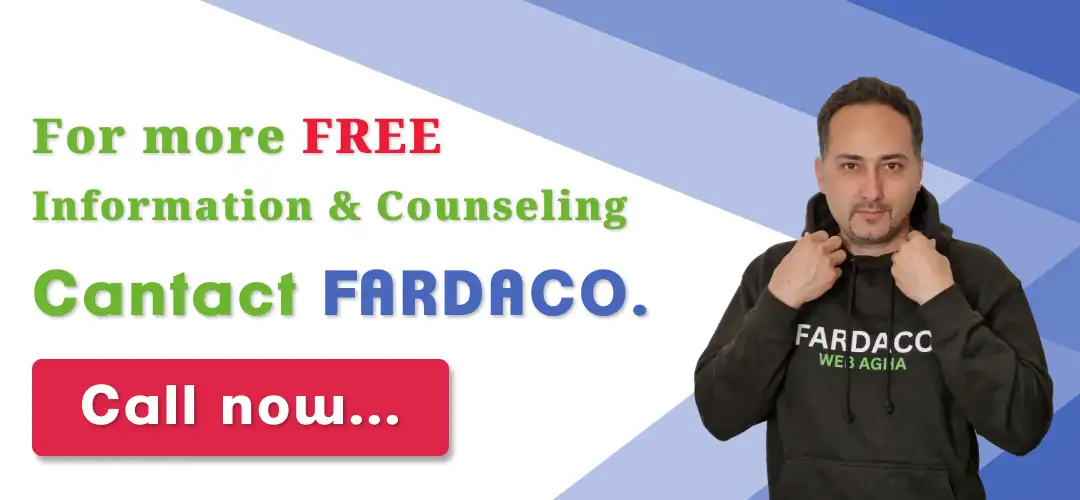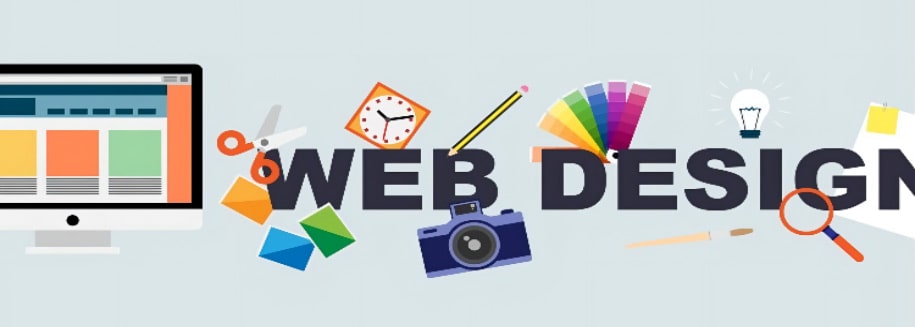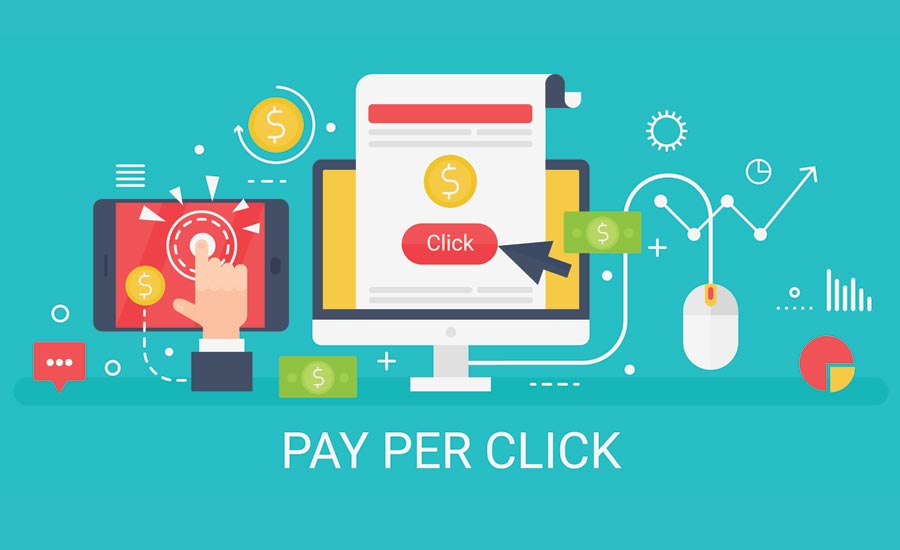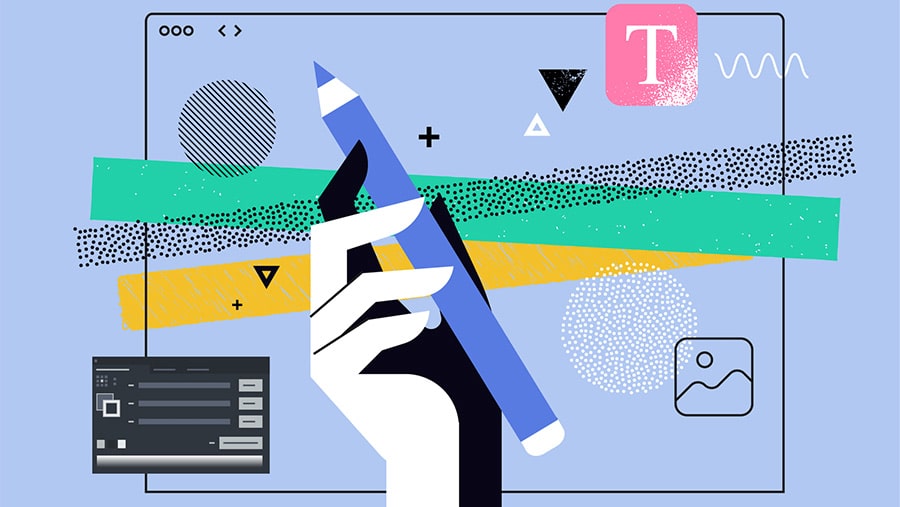Web design identifies the goals of a website or webpage and promotes accessibility for all potential users. This process involves organizing content and images across a series of pages and integrating applications and other interactive elements.The professionals who perform this process are called web designers, and their job includes the following duties:
- Selecting easy-to-read fonts
- Choosing attractive color schemes that also enable easy-to-read fonts
- Implementing a brand’s identity into the colors, fonts and layout
- Creating a map of the website’s structure to ensure intuitive navigation
- Placing images, logos, text, videos, applications and other elements
- Using coding languages, such as HTML and CSS, to create layouts and to style pages
- Making optimized versions of websites and pages both for desktop and mobile viewing
There are two common web design methods: adaptive and responsive design. In adaptive design, the website content is created using standard screen sizes as the frame for the layout.In responsive design, content moves dynamically according to the screen size. Web designers use the various steps of the general web design process to employ these design methods depending on their client or employer’s preferences and goals for the site.
FardaCo. website design services
What are the elements of web design?
The web design process allows designers to adjust to any preferences and provide effective solutions. There are many standard components of every web design, including:
Layout
The layout of the website is how the material is displayed on a page. Choosing the layout is an essential task for the designer. It should be simple, intuitive and accessible. Web designers can use blank areas called white spaces to organize the elements of the site with grid-based designs to keep them in order.Designers can create specialized layouts for desktop screens and mobile devices. Mobile-friendly websites are a necessity because many visitors access websites on their cellphones or tablets.To ensure a website is ready for mobile visitors, the designer can use a responsive template that adapts to different screen sizes or a mobile-only look that will activate when a non-desktop device connects to the website. A consistent layout between supports contributes to the visitors’ trust.
Images
Images are illustrations, graphics, photographs, icons and others used to provide supplementary information to the text. To create the effect desired, designers can pick images that complement each other and the brand that the website represents.
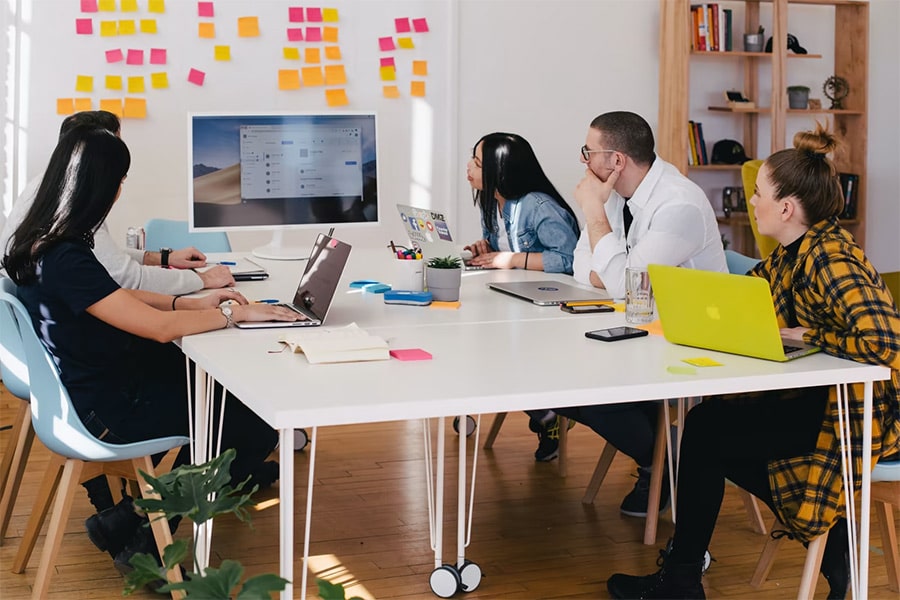
Visual hierarchy
Visual hierarchy is the order in which the user will process the information on the site. The designer creates it by applying a visual pattern to the website. The visual pattern is the way the design directs visitors’ eyes and behaviors.For example, F-Patterns or Z-Patterns emphasize the top horizontal section of your site, where most designers place navigation and the brand’s logo and sometimes a search box. These are elements that inspire user interaction and brand recognition.
Color scheme
The color scheme is a combination of colors that is in harmony with the brand and industry it represents. To achieve this, they will pick a dominant color and a few others to create a palette. A color palette can be monochromatic (different shades of the same color), analogous (colors close to each other) or complementary. Designers also account for what colors users are more likely to be attracted to.
Typography
The typography is the style or font of the written content. Web designers pick one or a combination that is attractive and easy to read. To make the best choice, they should choose a font that corresponds to the target audience. Some sites may be better in serif fonts while others can use non-serif fonts, depending on the site’s industry, purpose and typical user.
Readability
Readability is when the text of content is easy to see and read on a webpage. The text on the website should be readable because visitors usually spend little time on it and should find information quickly. The designers can achieve this by selecting an appropriate size and pixel for the text. The contrast between the text and the site’s background colors also improves readability.
Navigation
The navigational elements are the tools allowing users to choose where they want to go within a website. They may be present in the header, body and footer of the website, depending on the site’s layout and structure. These elements are essential as they direct visitors to the information they want as quickly as possible.Designers can choose a variety of navigation designs and layouts, such as using a button that hides and reveal navigation menus. They can also incorporate one-click arrows and other buttons that direct users back to the top of a page, to a specific area of a page or another page entirely.
Content
Content is all of the information available on the website. It is a pivotal element because visitors want to get information quickly. When the website communicates clearly and grabs the readers’ attention, it is more likely to convert them into consumers. The designer can achieve this by using the appropriate tone and provide the right information on the entire website, including the “About” and “Contact” pages.
If you also need to design a website, you can view our portfolio and contact us.

